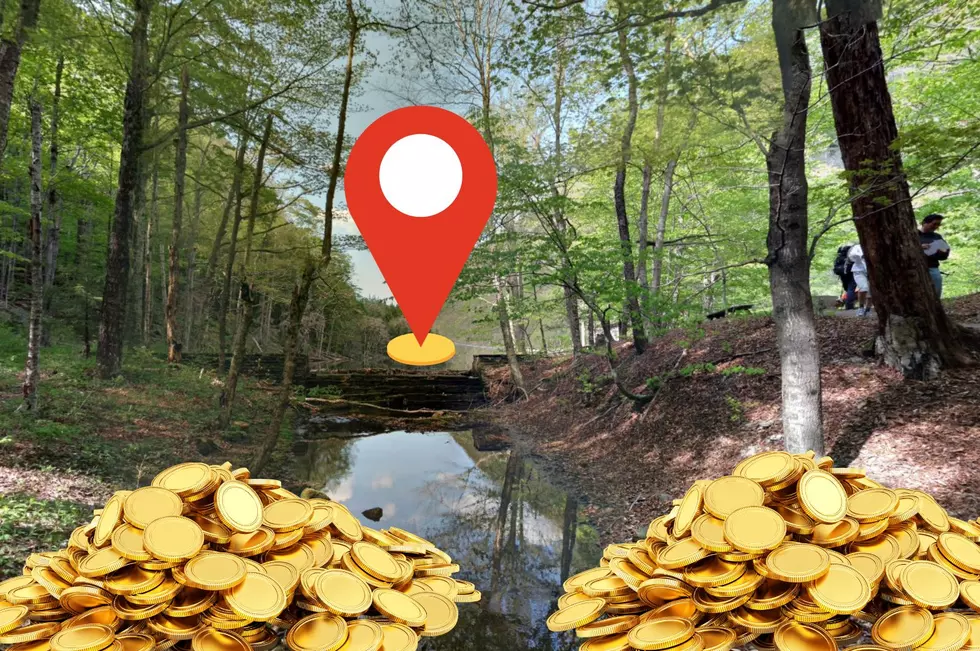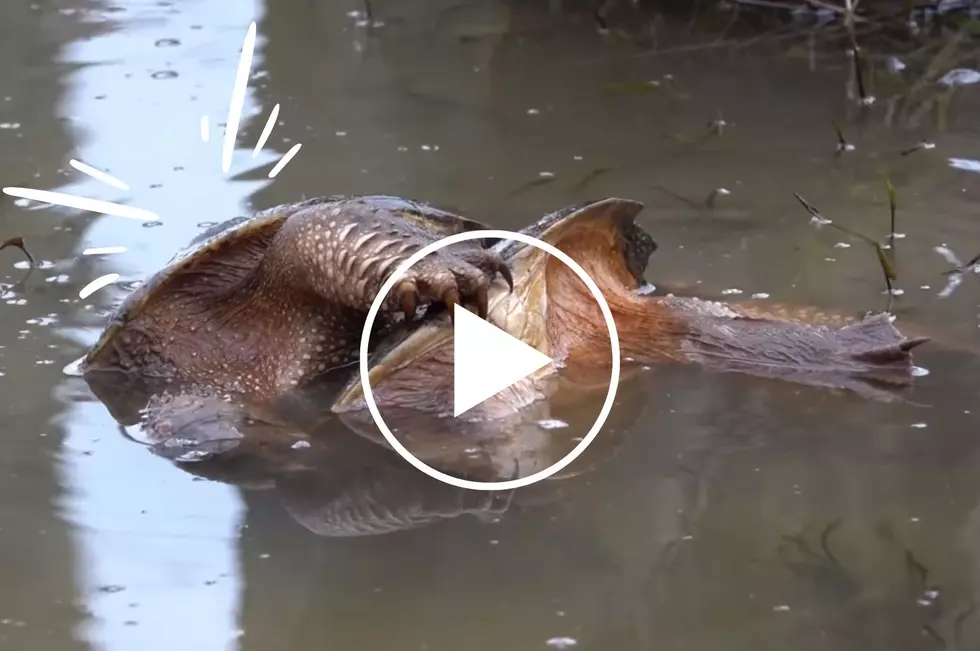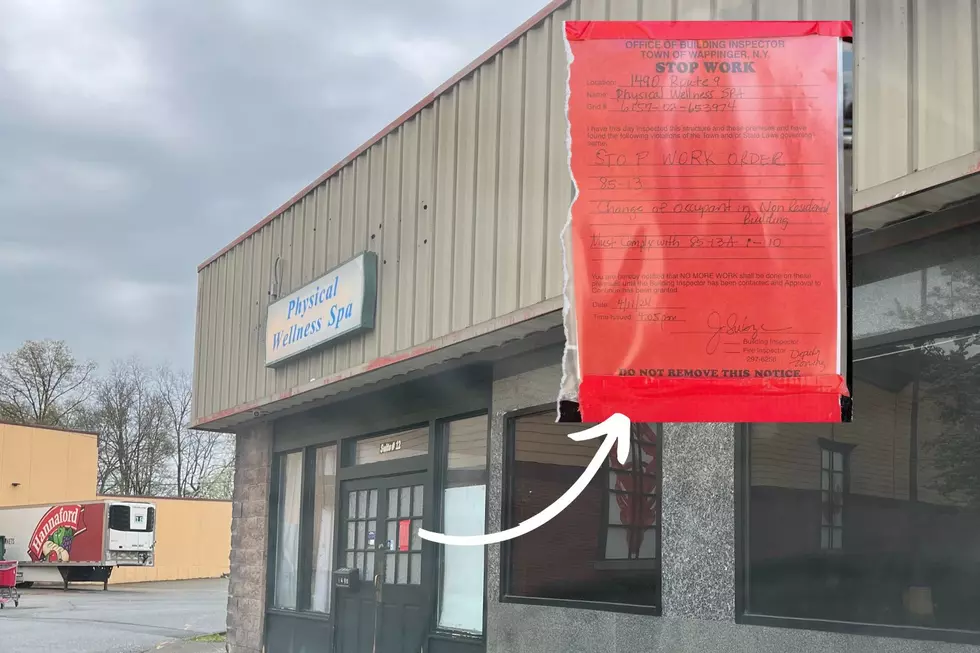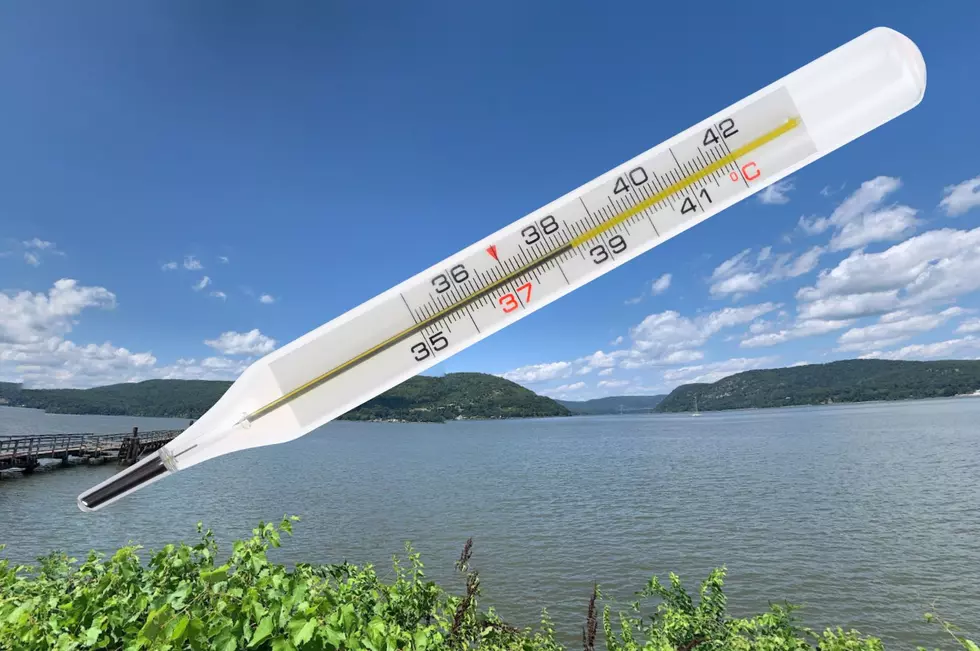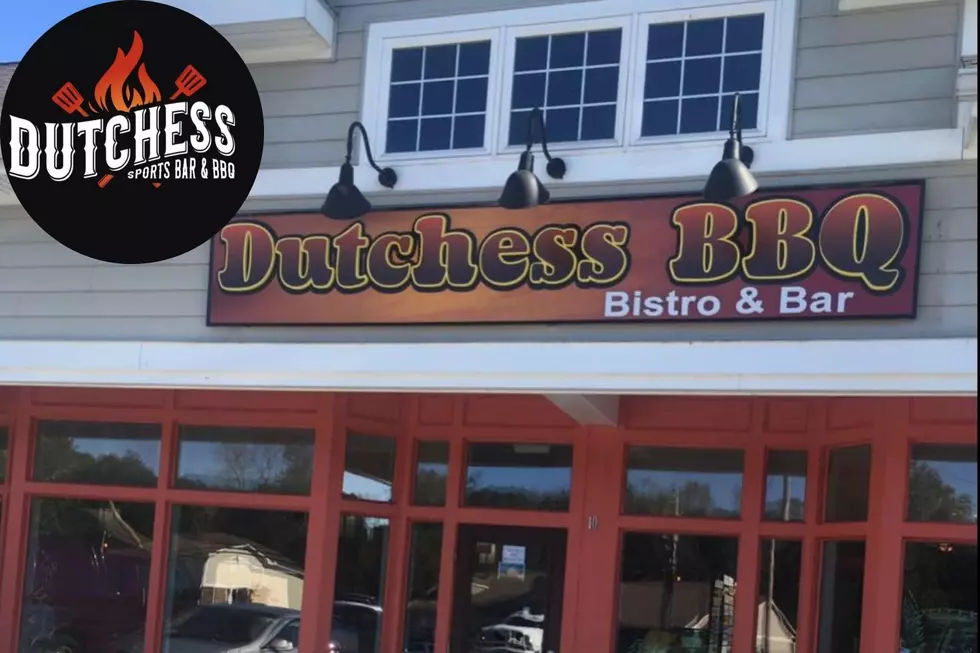
NOAA’s Winter Outlook For the Hudson Valley Contradicts Previous Forecasts
How can the weather people predict what's going to happen months from now when they can't always even gets tomorrow's forecast right? It's a very good question. But many are still curious when these weather bureaus make their annual winter weather predictions. Will the Hudson Valley see another cold and snowy winter like we did in 2020-21? NOAA has released their winter forecast, and their predictions just may differ from some other previous outlooks.
NOAA is predicting that the Northeast should see above average temperatures, and around normal levels of snowfall for the winter ahead. This differs from AccuWeather's recent predictions that said the area would see an early arrival of heavy snow and bitter cold. However, both NOAA and AccuWeather said that interior parts of the Northeast, such as western New York and upper New England, would see a better chance for more snow and colder temperatures than areas closer to the cost.
The Farmers' Almanac issued their outlook back during the summer. They seem to be sitting more on the fence when it comes to their forecast, as they're calling for a more average winter for the Northeast, with temperature and precipitation levels at near normal amounts for the season. The term "frosty flip-flop" was used, indicating potential sudden cold snaps. They're predicting a somewhat stormy January for the area, followed by a more tranquil February.
Who to believe? These forecasts aren't always right, as there are a lot of factors to contend with. Some forecasts predicted last winter to be a mild one, and we saw how that turned out. One atmospheric phenomenon can be an indicator just how much snow we could expect this winter. A La Niña has recently reformed near the equator in the Pacific, and while that may seem far away, it's impact can felt all over the world, especially during the winter.
The Climate Prediction Center says that a La Niña usually pushes the jet stream south during the winter months. This means warmer than usual weather in the south, and wetter out west. As far the Northeast, this could mean snowier conditions. Last winter, for example, was a La Niña winter. We will have to wait and see.
Read More: La Niña Is Back! What Could It Mean For the HV This Winter? | https://wpdh.com/la-nina-is-back-what-could-it-mean-for-the-hudson-valley-this-winter/?utm_source=tsmclip&utm_medium=referral
LOOK: The most expensive weather and climate disasters in recent decades
KEEP READING: Get answers to 51 of the most frequently asked weather questions...
More From WRRV-WRRB

